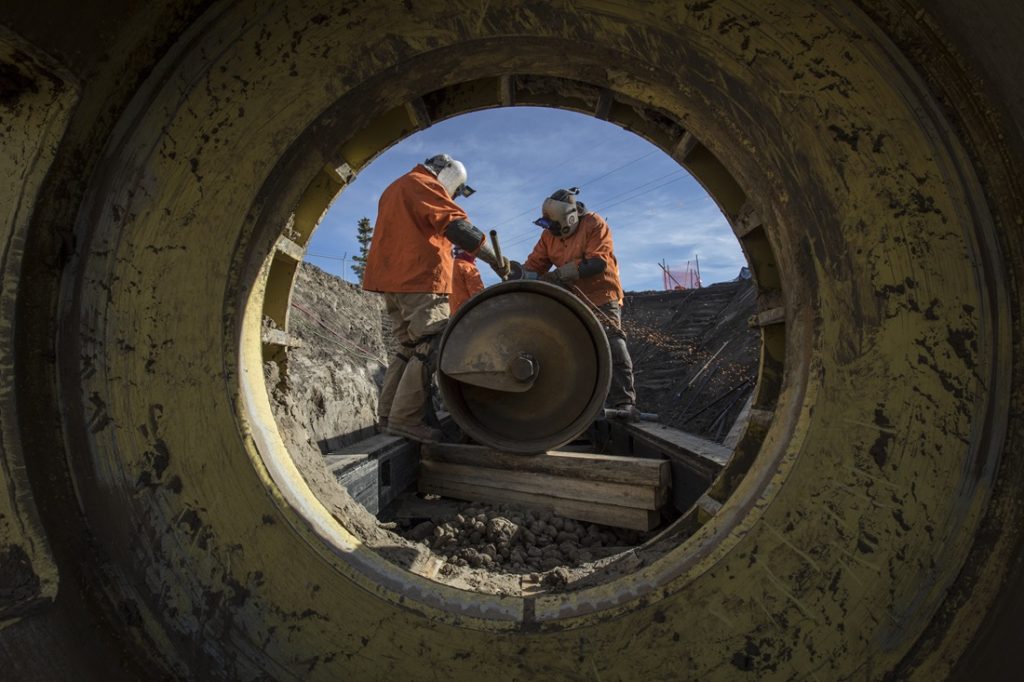
The International Energy Agency (IEA) is painting a grim outlook for Canadian oil production growth, saying prospects have “significantly deteriorated.”
In its annual oil market report published this week, the IEA noted that last year at this time, it warned that rapid growth in oilsands production would exceed available pipeline capacity, and thus increase the need to move oil by rail.
“With rail capacity unable to meet demand, the discount of Canadian heavy crudes to US grades widened to as much as $50/bbl in October 2018. This led the Government of Alberta to order production cuts, which will be evaluated over the course of 2019. In the meantime, the government and private companies are lining up additional rail capacity,” the IEA said.
“The longer-term outlook looks more precarious. During 2018 and 2019, three planned pipeline projects needed to accommodate further output gains faced renewed headwinds. First, Enbridge’s Line 3 Replacement Project, which was scheduled to go online in the second half of 2019 and provide short-term relief to producers, was delayed by one year until the second half of 2020 due to permitting delays in the US State of Minnesota.
“Second, the Trans Mountain Pipeline Expansion project, which will raise the capacity of an existing line running from Alberta to British Columbia from 300,000 bbls/d to 890,000 bbls/d, was stalled, even after the federal government bought the line from [Kinder Morgan] to ensure its completion. Third, in early November, a US judge halted the construction of the 830,000 bbl/d Keystone XL to the US Gulf Coast.
“At lease two of these three projects are needed to accommodate higher production volumes. If approved, the new capacity will reduce the need for expensive rail shipments, typically costing around $15-20/bbl for Alberta to USGC deliveries.”
With Canadian oil prices under pressure and so much uncertainty regarding new takeaway capacity, companies have been reluctant to launch new projects, the IEA noted.
“The exception is the Aspen oilsands project sanctioned last November. Imperial will invest C$2.6 billion to produce 75,000 bbls/d of bitumen starting in 2022.”
Suncor Energy’s Fort Hills mine, which started operating in early 2018, was the last greenfield major project to be approved and completed.
“Over our forecast period to 2024, total Canadian oil supply is expected to reach 5.5 million bbs/d, only 300,000 bbls/d higher than the 2018 average,” the IEA said.
This article appeared first in JWN Energy.